With over 4.66 million cases and 77,472 deaths, India has overtaken Brazil to become the second worst Corona-hit country. This is not all, there are around 95,000 cases reported daily. Is India witnessing a second wave of the virus? MUSBA HASHMI speaks with doctors to tell you more
Just when we thought that India is getting a respite from the Coronavirus and the Capital is on its path to recovery, the second wave of the virus is about to grip the nation. So much so that the country started to recording not less than 80,000 cases per day and went on to overtake Brazil to become the second worst-hit country by the virus.
Having said that, what seems like a silver lining in the clouds is the recovery rate which has soared to 77.77 per cent.
Dr Ajay Kaul, Chairman & HOD — CTVS, BLK Super Speciality Hospital, tells you that with over a billion population, lack of hygiene and overcrowding there is a good chance of having a second wave of COVID-19 and that India is prepared to handle that.
“This pandemic has prepared us very well for the second wave or any other outbreak of a major pandemic in future. The rise of technologies like telemedicine and teleconsultation, proved to be beneficial during this time because it has minimised the doctor-patient contact. This technology has been there for years, but was not being used frequently. Also the use of 3D-printing to make various equipments like ventilator, mask, PPE kits and other disposable items at a very short notice and custom made according to the needs of the medical staff, has equipped us to lead the fight. Not only this, but with the help of various apps which can be installed on mobile phones, we were able to trace the infected people. An example of a country that made the best use of technology for curb the disease is China,” Kaul says.
He adds that in order to slow down the falling economy many shops, metros and shopping malls are opened up and a lot of people are already flocking to these places. This along with the lack of discipline and preventive measures is definitely going to bring a second wave of COVID-19. But, fortunately this time we are better prepared to handle the problem. In hospitals too, we are well prepared to segregate the patient right from the emergency unit to the ward, the whole hospital is geared up to manage an infective patient without contaminating the other routine patients.
We should learn from the countries which has reduced the infection rate and are back going to normal, he says. “The countries like Germany, Italy, Spain, UK, France and other European countries where despite of an early rise in the number of cases, implementing strict measures are able to reduce the number of infected patients. This is an example that it is not to impossible to curb or at least slow down the spread of the virus,” he tells you.
There are reports that claim that winters can prove to be worse in terms of the virus spread. However, Kaul says it can be the other way round. “Since, very little is known about this virus, we still don’t know what is the effect of weather and climate on this virus. Normally, viruses multiply rapidly in cold atmosphere and a decline is seen in summers, but this was not true about coronavirus where even during the peak summer months in India the virus continue to spread very fast and in fact during the months of June and July it was a peak time. So contrary to the normal belief that in winters there may be an increase in the number of patients, it may be the other way around. But, we shouldn’t forget that in the months of October and November there is a sharp increase in the number of patients with other viral illness. So, we have to be very careful and should perform hand hygiene frequently. Social distancing and face masks are the preliminary shields in fighting the virus,” he says.
He adds that the number of cases may see a decline from October onwards, when the case load rate gets lesser than the recovery rate, there after COVID-19 patients would start to see a decline.
Dr Shiba Kalyan Biswal, Consultant, Pulmonary and Sleep Medicine, Narayana Hospital, Gurugram, says that one can’t speculate about whether the country will see a second wave or not.
“While witnessing an alarming rise in the number of infected cases it is understood to be sceptical about the situation. Considering population, congestion, infrastructure and lack of proper use of mask and social distancing norms in a section of society in the country are adding to the problem of rising cases, but it cannot be considered as a second wave, and it cannot be speculated whether our country will see one or not,” he tells you.
The reason behind the increased number of cases, he says, is lockdown being lifted with guidelines and restricted movement is almost free. “People are now coming out of their confined places for economic reasons. And once you step out of your house risk is there. Lesser education, poor awareness and lesser understanding about the precautions related to COVID infection are adding to the problem. The situation is such that it is hard to identify whether the person standing next to you is infected or not, because there are asymptomatic cases as well. Hence, the person may be feeling totally fine, but still can be the carrier of the virus. To curb this, the crowd in public places needs to be managed,” Biswal says.
Our healthcare workers, doctors and frontline warriors are fighting this battle day in and out. Hence, we are more prepared to fight the virus, he says. “A number of steps have been taken by the Central and State Governments. We have private and Government COVID care centers. Every required step is being taken as per the need. Now that we all are aware about the infrastructure and lack of availability of proper medication in certain areas of the country, we need to work on that as well. As far as the treatment is concerned, even developed countries are working hard to prepare a vaccine and medical trials are being done. This virus and its mutation is making the situation more complicated,” Biswal says.
As for the cases of reinfection that India has seen in the past few days, Biswal says that it can prove to be a setback.
“Without any doubt it may prove to be a setback because this means a COVID-19 survivor is equally at the risk of getting infected again. Developing antibodies may help to fight the infection but it is not a guarantee that one cannot be infected again. Back in time we had witnessed the same with dengue. In some areas, people were repeatedly getting infected with the same disease again. Hence, precaution is the key for everybody. Follow a healthy lifestyle, work on your overall wellbeing and consult a doctor if needed,” he asserts.
Dr Shuchin Bajaj, Founder-Director, Ujala Cygnus Healthcare Services tells you that the high number of cases that are recorded every day can be a result of the second wave. “It looks like the second wave of COVID-19 has already started. And with more States opening up for business purposes, we can say that this wave will be severe and more widespread. Because usually the second wave of any disease is more severe with higher fatality rates. Take for example the Spanish flu, the second wave of which was started in winter season was deadly. For COVID-19, it may not be deadly because we have better healthcare infrastructure and facilities and certainly have more knowledge about this virus. But having said that, the number of cases are expected to rise in the second wave for sure,” Bajaj explains.
To protect ourselves in the second wave, he says, people need to be more vigilant than ever. “Proper sanitisation is must. Follow the rule of SMS — Sanitisation, Mask and Social Distancing. As the virus is relatively new, we don’t know the post infection complications. Hence, it is all the more important to follow proper hygiene practices. We have seen some young patients who got cured but months later they came back to us with breathing problems. The only solution is to take as much precautions as possible,” he says.
He adds that with winter approaching we have to be more careful. “The Spanish flu’s second wave was seen in the winter months. The viruses are known to thrive in cold conditions and the infection rate is high in cold weather,” Bajaj says.
‘Following a centralised crisis management approach is key’
At a time when the world is fighting to curb the raging virus, Praja Foundation released its report on the Importance of Local Governance in Crisis Management in Mumbai on September 8, 2020. The report is based on Praja's COVID-19 response study of 29 cities across all 28 States and NCT of Delhi in the initial phases of lockdown during the months of May and June, 2020.
Nitai Mehta, Founder and Managing Trustee, Praja Foundation, says that the country followed a strongly centralised approach during the initial phase of the lockdown.
“Cities across the country have become hotspots of the COVID-19 virus. City level crisis management is of paramount importance in the wake of such crises. However, it was observed that the COVID crisis management in the country followed a strongly centralised approach during the initial and extremely vital period of the lockdowns before June 2020,” Mehta tells you.
Under such circumstances, it is important to understand how city Governments across the country were handling the COVID crisis in the cities. Hence, Praja reached out to stakeholders i.e., elected representatives, administrators of City Governments and CSOs in 29 cities across 28 states and NCT of Delhi.
“To start with, Praja's COVID response study highlights that eight cities (Vijayawada, Itanagar, Guwahati, Bhopal, Shillong, Kohima, Bhubaneswar, Coimbatore) out of the 29, do not have an active functioning City Government council as municipal elections are yet to be held,” Mehta says.
The report also covers key data points on the involvement of City Governments and Councillors in the COVID crisis management interventions, City Governments that undertook ward level actions, and on distribution of control over delivery of public health service in the cities.
“The decentralised and efficient delivery of public health services have always been very important, especially in this pandemic. In line with this, The Twelfth Schedule in the 74th Constitutional Amendment Act has provisions on the need for State Government to devolve Public Health function to the City Government. However, it was noted that out of the 29 cities covered in the study, the control of delivery of public health services lies with multiple agencies in 20 cities, and only in four cities, the City Government has control over the delivery of public health service whereas rest of the five cities have public health service delivery under the complete control of the State Governments,” he tells you.
The report also covers the case studies of Agartala, Aizawl, Guwahati and Kochi, which have set examples of localised management of COVID crisis through decentralised citizen engagement in the city.
In Agartala, The Agartala Municipal Corporation (AMC) utilised the ward committees led by the Mayor and respective councillors across the city for discharging quick relief measures as a result of the COVID crisis. Localised monitoring and enforcement of COVID-19 norms were issued at each ward. The AMC also used shelter home kitchens for supply of cooked food to the migrant workers.







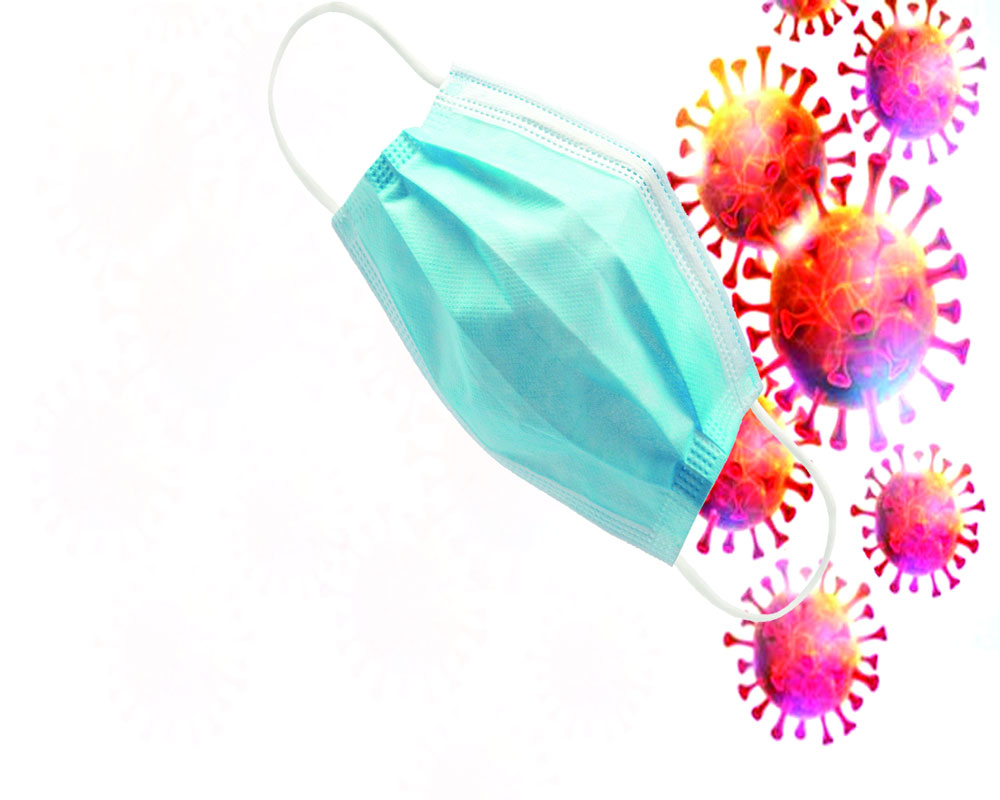
 OpinionExpress.In
OpinionExpress.In
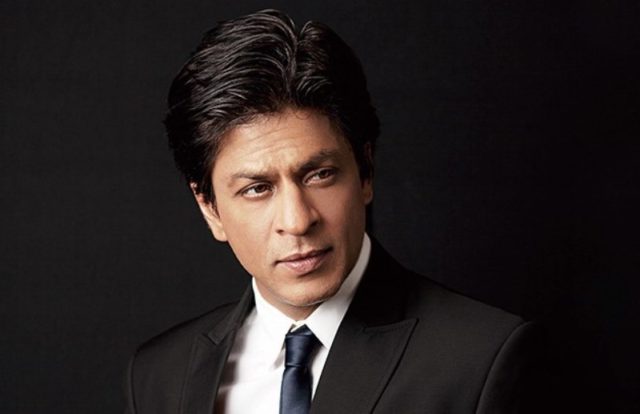
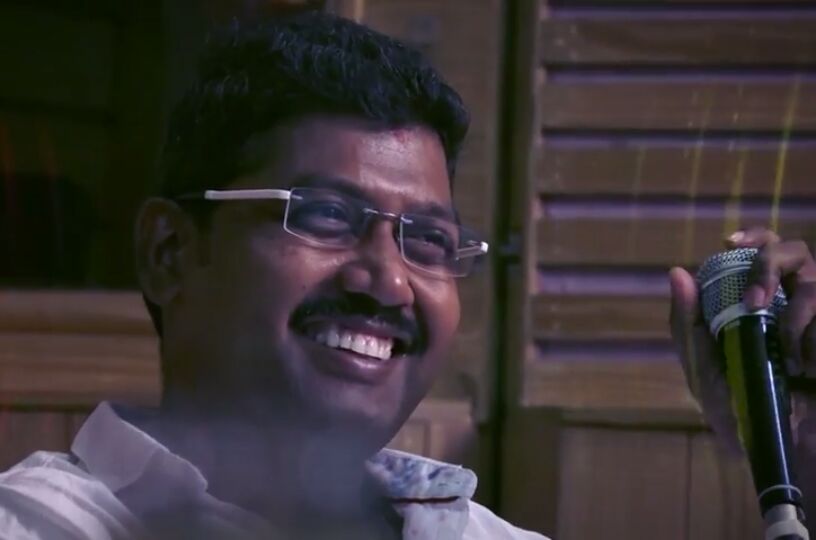
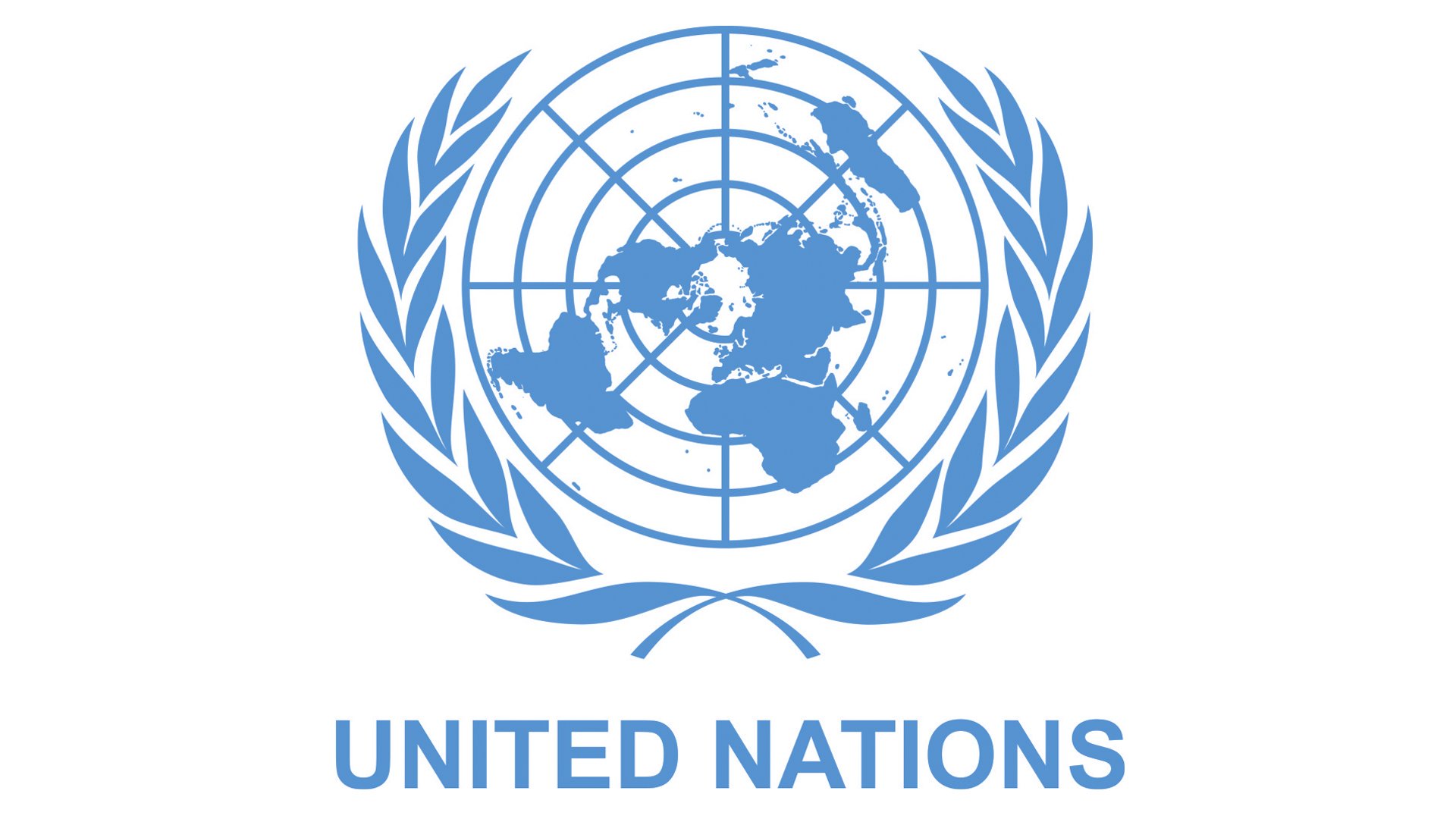

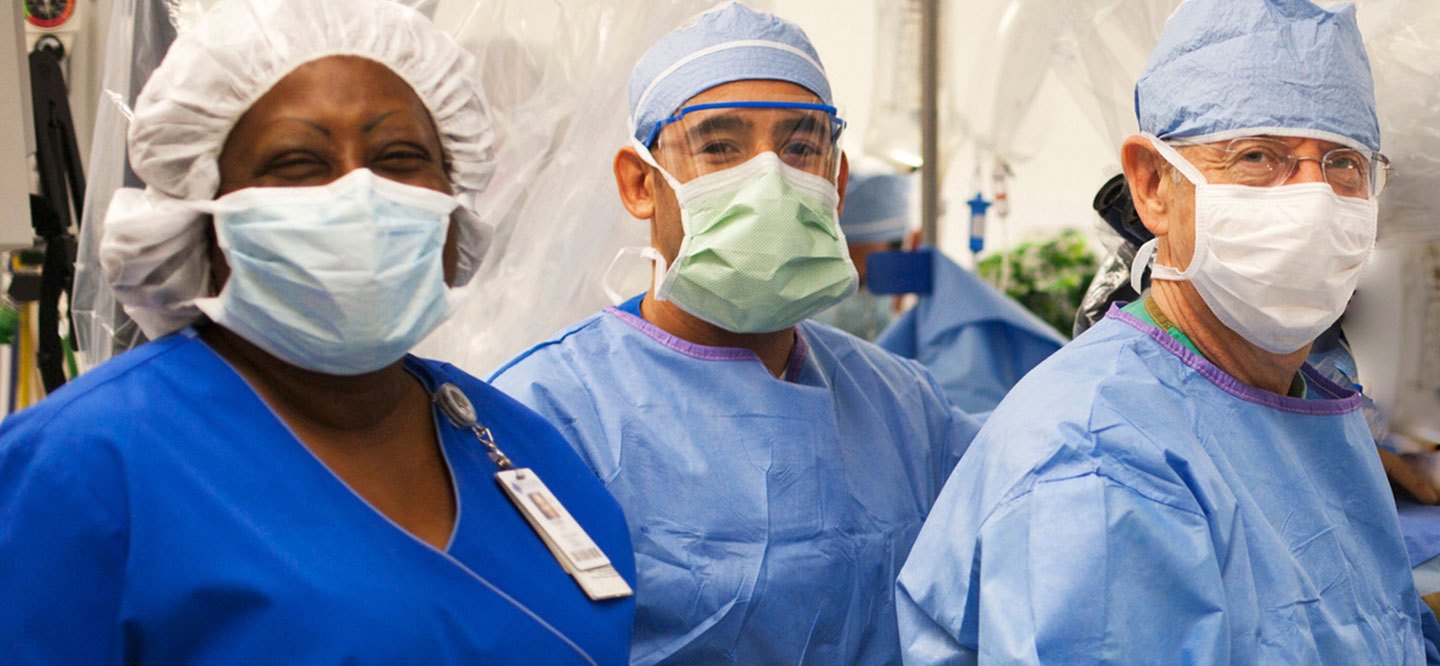

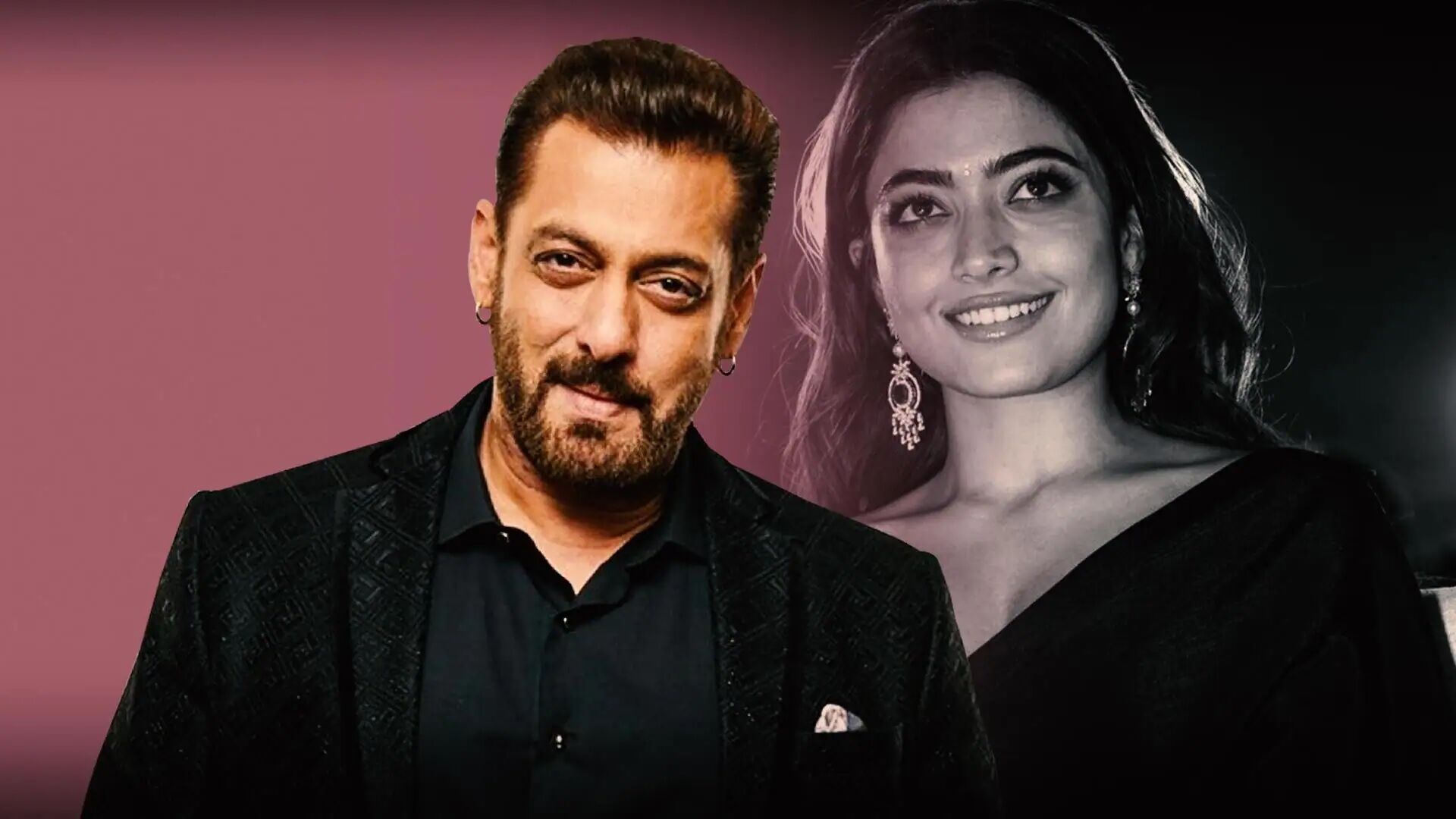

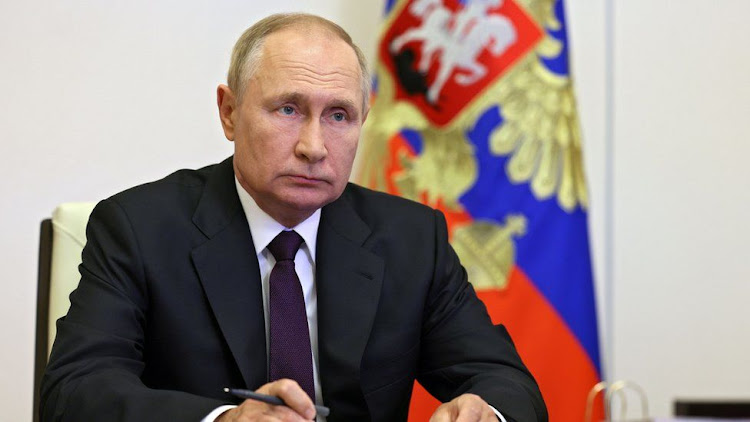






Comments (0)